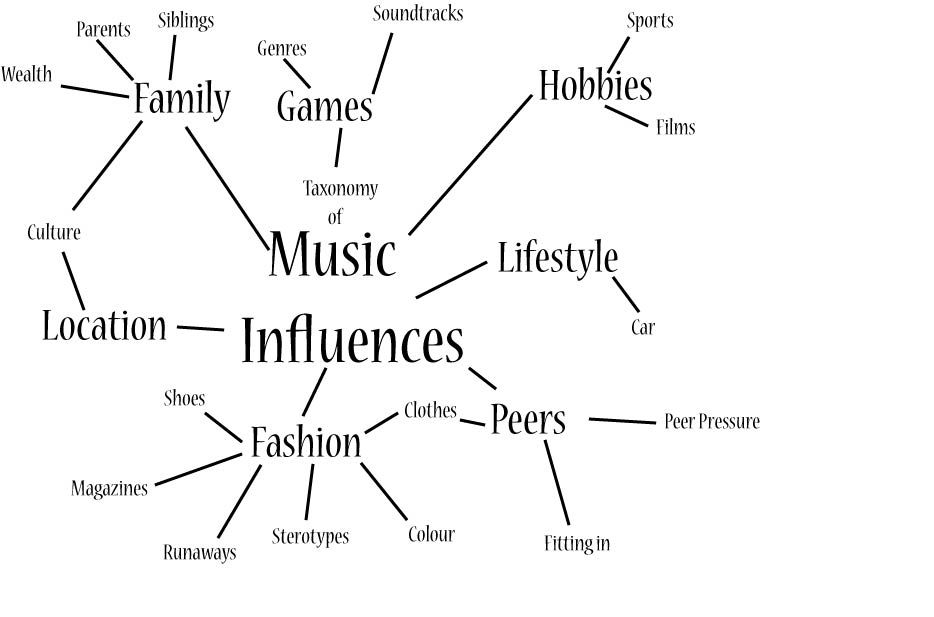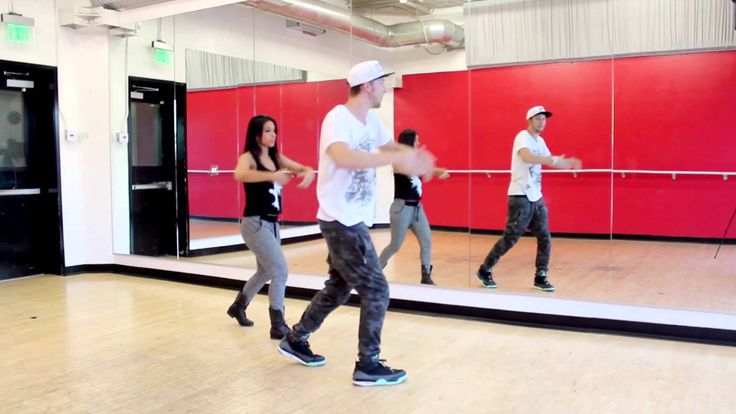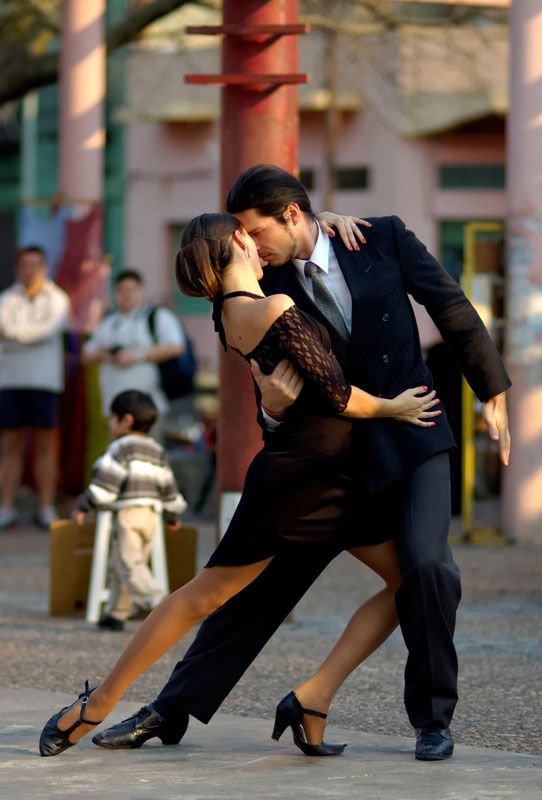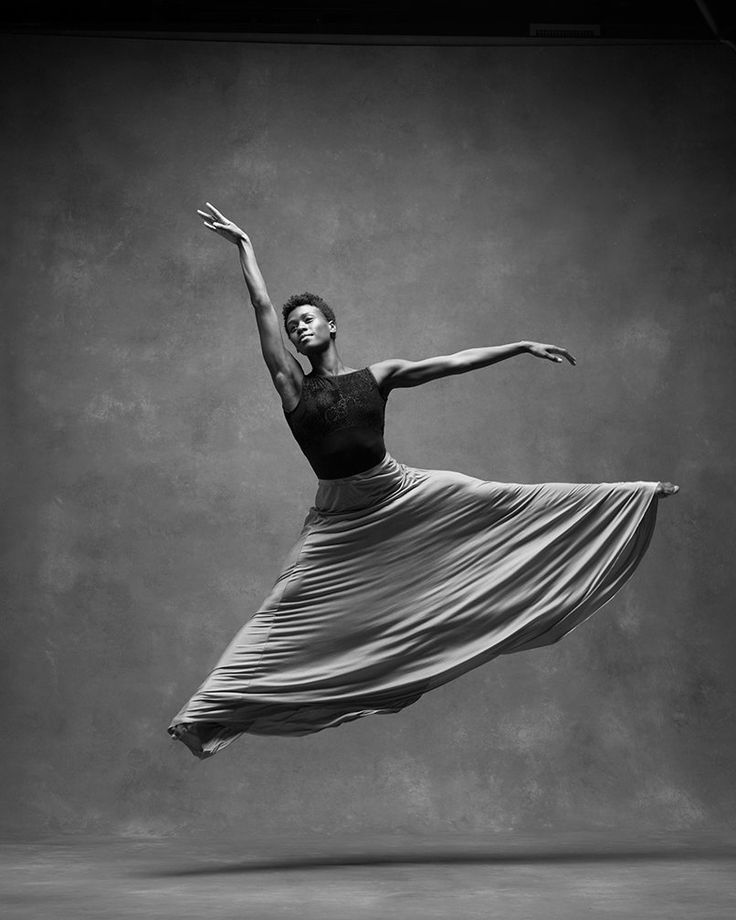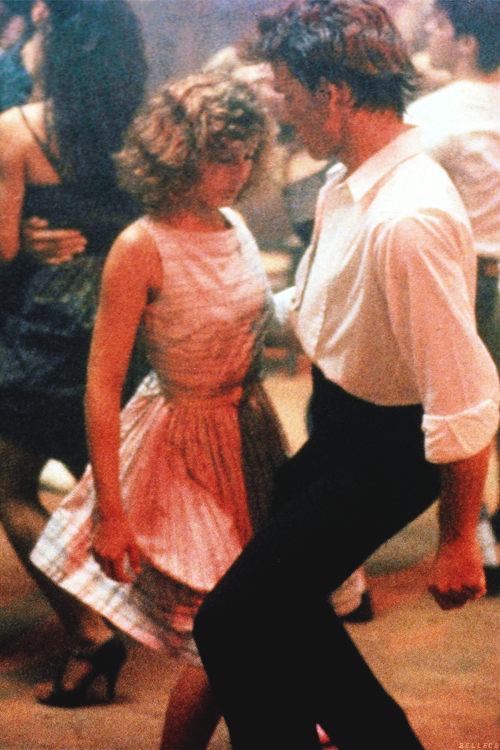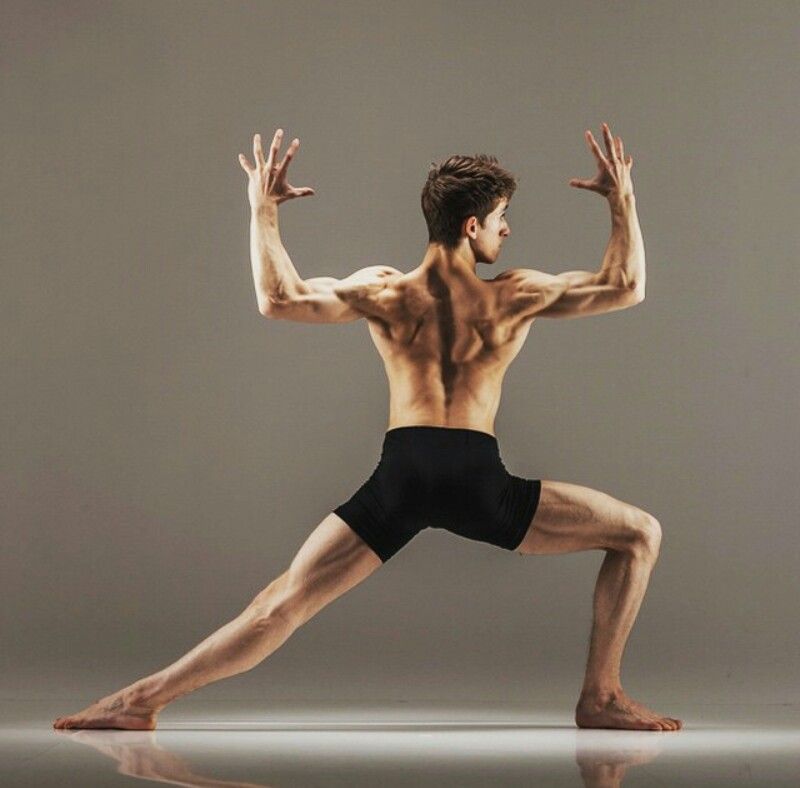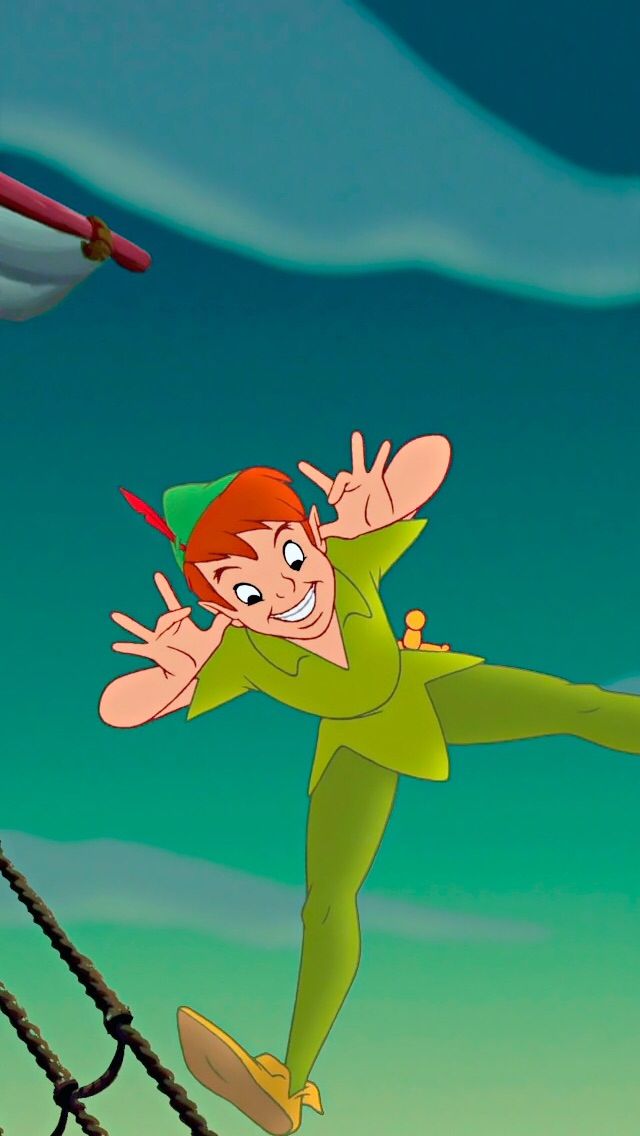How does music influence dance
How Does Music Influence the Way We Dance? • The Ballroom Dance Blog
When feeling sad, we often play music as if it was a soothing pill. Music gives us an escape from the everyday grind and allows us to forget pain and struggle. But how do musicians and dancers cross paths to create a masterpiece?
Even if we do not consider dancing for a moment, music is one of the most primitive forms of art that has altered people’s behavior and feelings for centuries. When feeling sad, we often play music as if it was a soothing pill. Music gives us an escape from the everyday grind and allows us to forget pain and struggle. But how do singers and musicians do it?
A bestselling author Daniel Levitin led research named “How musicians convey emotion through music.” The study showed that subtle changes in the timing and volume that the musicians make when playing are the key to their ability to convey emotion through music. The effects of such small changes allow the audience to perceive the tunes deeper or shallower, thus creating a different feeling in the listener.
Try to listen to those two pieces of music from one of my favorite composers- Olafur Arnalds. How do you perceive them, what feelings do they invoke in you? Please let us know in the comments below.
For Now I Am Winter by Ólafur Arnalds
Near Light by Ólafur Arnalds
To understand how music influences our dancing, we must first understand what the music tells us how it makes us feel, and how we interpret what we hear. The different instruments used, the vocals or lack thereof, and tempo all play a role in constructing our “feeling” for the music.
This topic is generally very abstract, and such is art but let’s try to put some structure into things so we can see what can happen in our bodies when we listen to different pieces of music.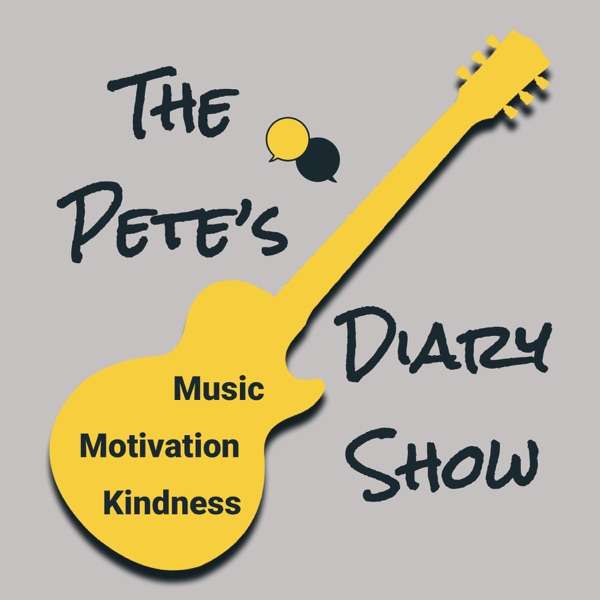
We can categorize music by many different criteria, but one that I find most accurate to represent ballroom dance music is sound perception. For that purpose, we will use three main categories and two subcategories to give us a clearer distinction. Now bear in mind that this is not an exact science, and there is no “right” answer. The way you perceive a song might be different than the way others perceive it. Use this general classification as a starting point.
You might also like
For the exercise we will focus on Rumba music, but the same categorization can be used in all dances.
Three main categories:- Light, Medium, and Heavy.
Two sub-categories- Light- Medium and Medium-Heavy
What makes it LIGHT:
Tempo- the song is a little faster than a regular Rumba, which makes is sound a little bit more upbeat.
Vocals- the presence of vocals draws attention to the sound of the singer’s voice. On the other hand, the singer’s voice can be classified as a baritone that is noticeably higher/uplifting than a bass voice, giving a more grounding feeling.
Light-medium
What makes it Light-medium:
Tempo- For me, the tempo of about 26bpm will directly put this song in the light-medium category.
Instruments- Percussive instruments are used to create the basic rhythm, but throughout, we can hear brass instruments and a lot of wind instruments used all together to create an uplifting atmosphere. One suitable for the Winter Gardens in Blackpool.
Medium
What makes it Medium:
Tempo & Rhythm- the song has a regular tempo of 24BPM and a strong and clear percussive rhythm.
Instruments- Percussive instruments like maracas, conga, and clave are primarily used in this song. Still, the use of the trumpet brings a shade of lightness to the composition.
Vocals- Marc’s voice sounds very clean with little husk to it, creating a clear and lighter articulation.
Medium-heavy
What makes it Medium-heavy:
Tempo- In this song, the tempo is normal at about 25bpm, which keeps it closer to medium than heavy.
Instruments- The song utilizes the tunes of both string and percussive instruments. The percussive instruments like the conga and clave give us a strong sound making us feel more grounded.
Vocals- Olga Guillot’s voice is husky, sultry, and at times melodramatic, bringing it up towards the heavy category.
Heavy
What makes it Heavy:
Tempo- the song is a lot slower than a normal rumba. It is perfectly suitable for a show or a practice song but not for a competition. This tempo creates a feeling of depth.
Instruments- gentle guitar tunes help the singer carry out her message to the audience. Spanish guitar can create a deep, dark, bass-like sound. Light sounding percussive instruments like the triangle are missing.
Vocals- Even without knowing what the singer is singing about, you can notice a sense of drama and pain in her voice.
So far, we have discussed ways to categorize the music and what influences that categorization like the vocals or the tempo. We can now move onto exploring ways in which this information can guide us to adjust our dancing to the music, so we become one with it.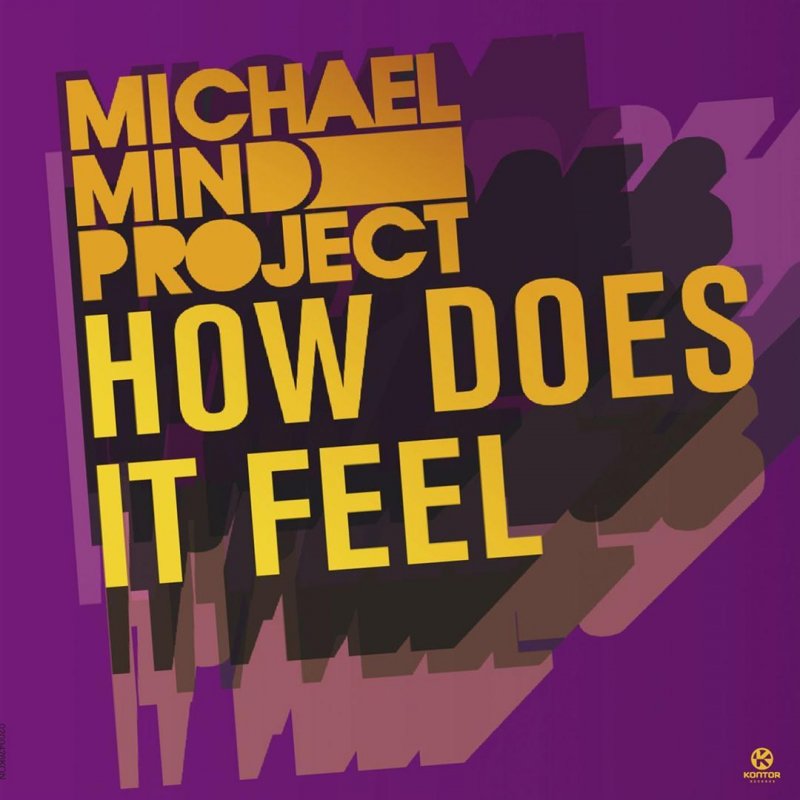 That is the whole point, right? When the musician cannot express themselves any further, the dancer comes to help.
That is the whole point, right? When the musician cannot express themselves any further, the dancer comes to help.
Understanding the music is the first step to creating a movement that embodies the sounds. We separated the music in three major category - light, medium, and heavy. When we think about the words we used to describe the music, they can easily be used to describe weight. We can say- this bag is heavy.
Establishing the connection between music and weight will allow us to further explore the link between the music and our center of gravity's position throughout our movement.
As you can see from the graph, light music will correspond to a higher center of gravity position, which will make the range of motion in actions like settle in rumba shallower. This corresponds to the fact that lighter sounding songs will be faster in speed; therefore, there is a lack of time to finish a big and deep settling action.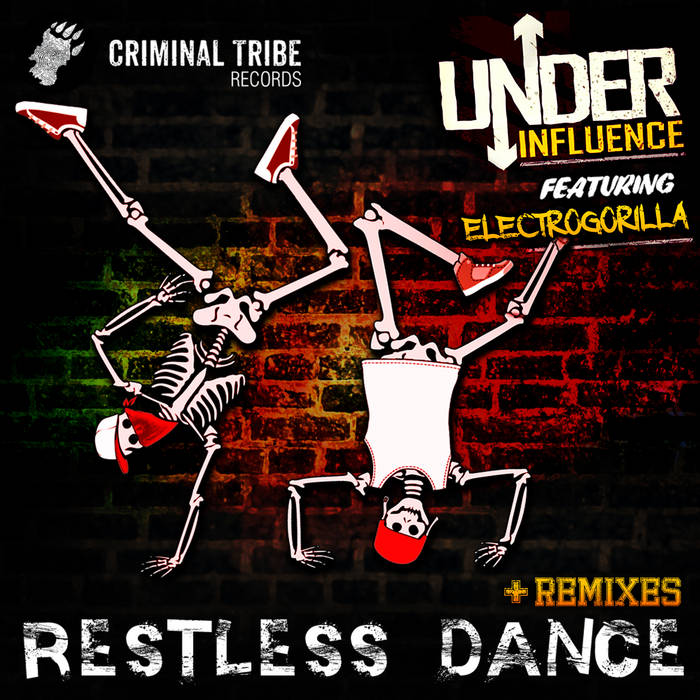
The medium sounding rumba songs are represented in yellow on the graph. Those songs will prompt us to adjust our gravity centers to the middle position, around the waistline. The range of motion should be comfortable for everyone to perform, neither reaching a deep settling action nor rising much above the waist level.
Perhaps the most challenging, requiring a big range of motion, flexibility, and exquisite body control, is the center's low position to perform to heavy music. Also heavy music is very often slow and very emotionally charged. You can see an example in Sergey and Melia’s rumba show. If they were to dance to this music uplifted, happy and chirpy, that would create a dissonance between the movement and the music.
NOTE: Those recommendations are relative to everyone. I find that they work best for most basic actions and routines based mostly around basic rhythm. Open level routines are generally complex with different dynamic characteristics designed to tell a story or highlight specific strong features of the dancer; however those should also be connected to the music at all times.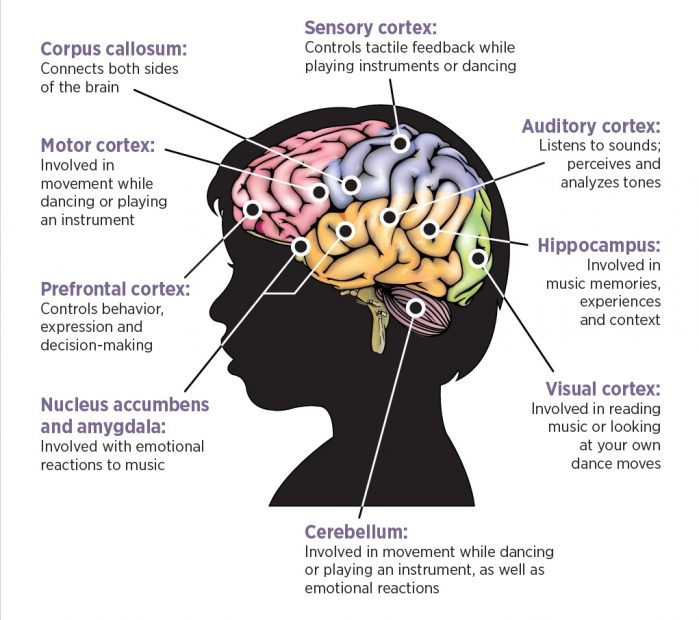
When talking about describing and perceiving music, one can come up with so many words to describe it. Why? Because it is not tangible, it is a perception, and thus no one can truly agree on what a piece of music "sounds" like. What you can do is use words that make sense to you to translate the music to your body. I can recall some of my teachers use to describe Foxtrot piece of music as 'autumn.' No matter the words, the important part is to remember that we need to relate the musician's intention through our bodies to the world around us. Leaving you with an excellent video example from the movie Nine in which the music is happily married to the dance! Enjoy!
Ballroom Dance insights you won’t delete.
Delivered to your inbox.
NO SPAM, we hate it too.
Success! You are on the Ballroom Dance Express!
Oops! Something went sideways while submitting the form.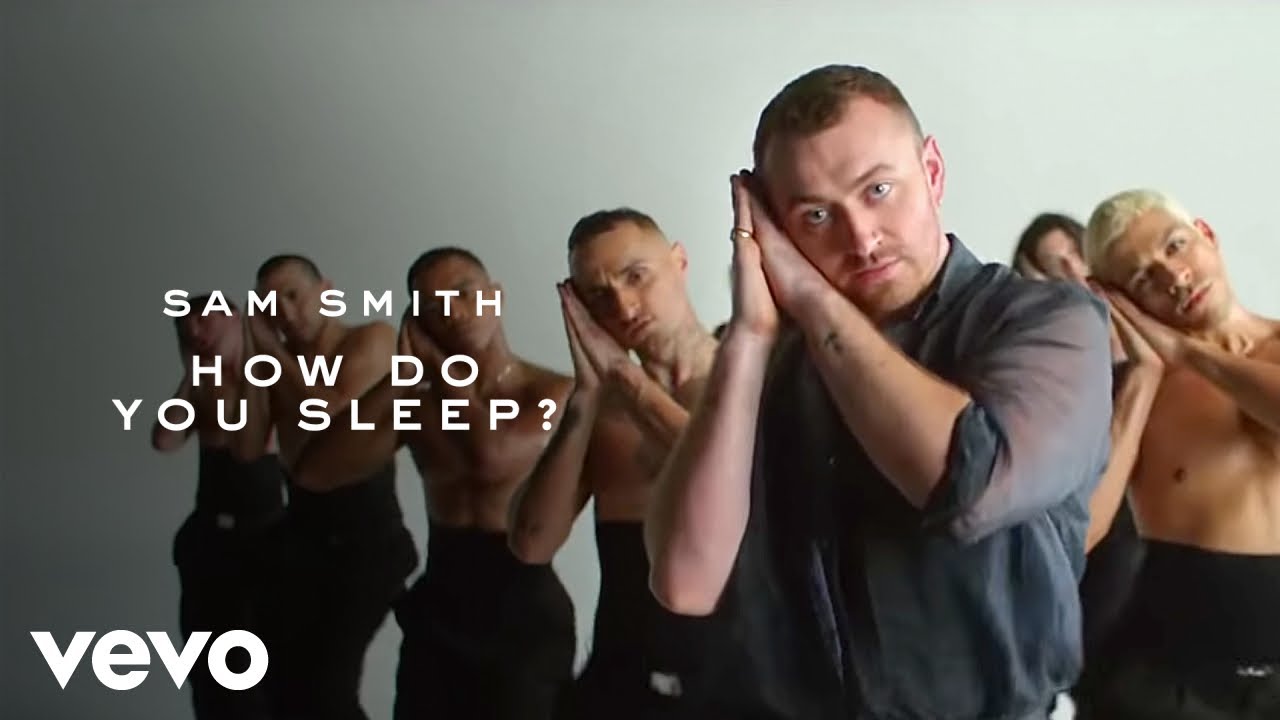
Dance and Music - Learn How the Two Influence Each Other
Felicia
Dance and music have always had an interesting and natural relationship with one another. Both art forms have enriched one another in many interesting ways. This exploration of the two art forms has been happening for centuries now, and it continues with the same enthusiasm to this day. Read on to learn more about how dance and music continually influence each other:
The Perfect Compliment
Many dancers inevitably tend to have a sophisticated appreciation for music, and they try to bring out what the music wants to convey through their facial expressions and body movements. Hence, dance has always been an intriguing art form that has entertained people for centuries.
Dance and music together can create magic and offer us unique perspectives on the human experience. When paired with music, dance is atmospheric and high in aesthetic value. Dance and music have come to be known as two inseparable twins.
When paired with music, dance is atmospheric and high in aesthetic value. Dance and music have come to be known as two inseparable twins.
A Powerful Way to Tell Stories
Dance performances have their own unique stories to tell. They can be a powerful mode of expression that can leave a strong impact on people. Dance and music together can convey very nuanced emotions that are otherwise very difficult to convey in other art forms. For instance, musicals offer dancers a chance to explore a whole new world, and the storytelling can take a very heightened and passionate form.
When the facial expressions and body movements are combined with the rhythm and flow of the music, it becomes a spectacular presentation. Live musicals are the best way to introduce children to the arts and culture. They are typically known as “Broadway Shows.”
Broadway shows give you the time and opportunity to reflect and contemplate on important themes and topics in life. It is also a great way to kill boredom and relax.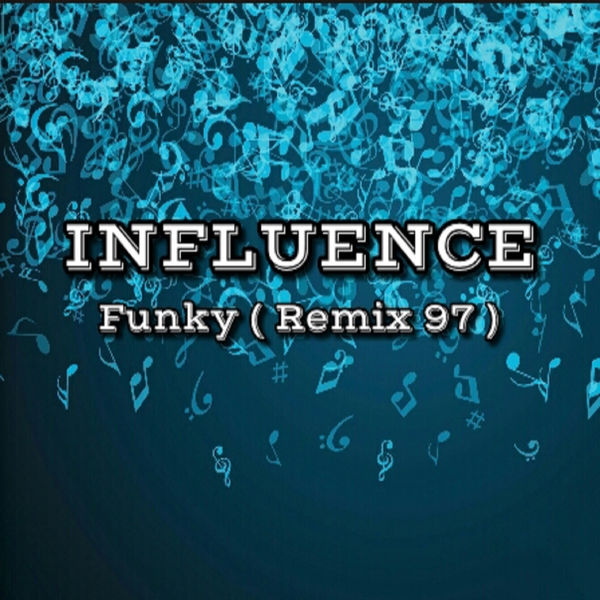 Watching a Broadway show can give you plenty of inspiration as well.
Watching a Broadway show can give you plenty of inspiration as well.
If you are interested in exploring musicals, you can check out the most famous musicals like “West Side Story,” “Les Misérables,” “Tommy,” “Cabaret,” and “The Rocky Horror Show.” If you love the plays of Shakespeare, there are many great musicals based on Shakespeare like “The Boys From Syracuse,” “Kiss Me, Kate,” “West Side Story,” and “Two Gentlemen of Verona.” Many Broadway shows have become such great hits that they have been turned into movies.
Many Dance Forms
Dance and music have always been the two most important facets of every culture. Every culture in the world has produced its unique music and dance forms. These dance forms can be very sophisticated and can take years to master. They usually highlight the best of what the culture has to offer. Many people like to engage in studying these different dance forms to increase their artistic appreciation and expand their vocabulary.
Music is fantastic for setting the mood for many occasions and especially for dance performances.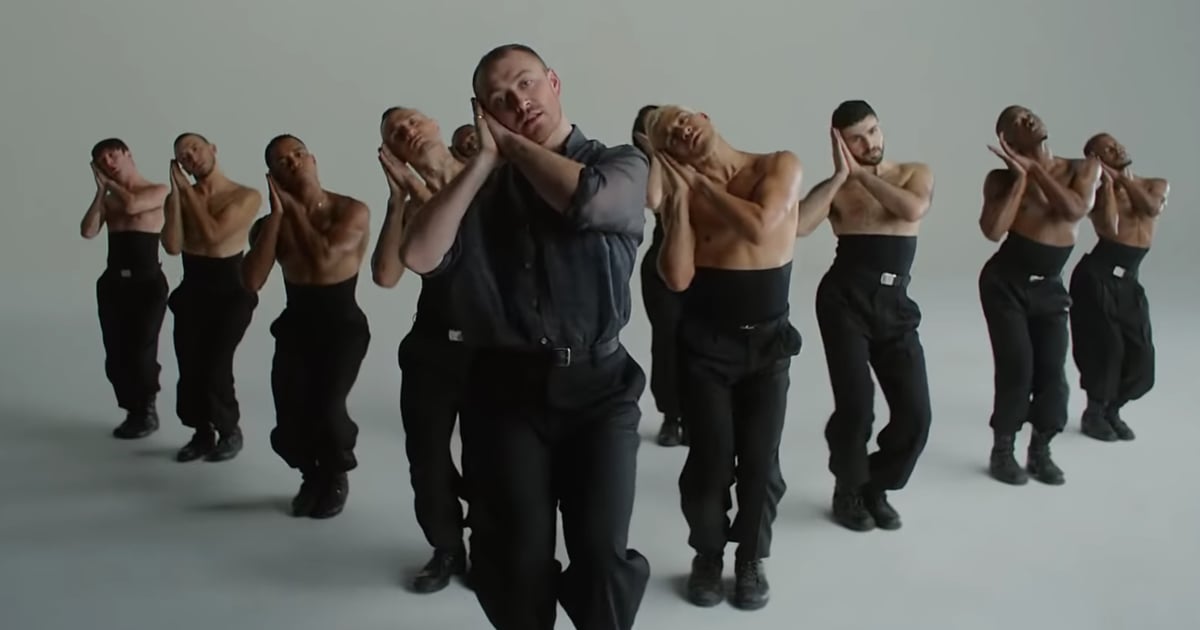 Music and dance have such a brilliant, symbiotic relationship that many interesting dance forms have been created in response to specific pieces of music.
Music and dance have such a brilliant, symbiotic relationship that many interesting dance forms have been created in response to specific pieces of music.
You can explore the popular types of dance like Irish Dance, Folk Dance, Hip Hop, Ballet, and Ballroom to get an idea of what they look like. These dance forms will usually only work well with specific pieces of music and not with anything else, although there has been quite a lot of experimentation and fusion as well.
If you are interested in getting started with dancing, make sure that you do some exploration of these various dance forms and the music that they typically like to use. Choose one that fits your personality and temperament the best.
Regardless of which dance form you choose, you can be guaranteed of many significant physical and mental health benefits. People who tend to dance on a regular basis tend to be much happier than those who don’t.
Many Famous Musicians are Dancers
Many musicians in history and popular culture have also been terrific dancers. For instance, the most famous musicians like Shakira, Lady Gaga, Justin Timberlake, and Madonna are known for their spectacular dance performances in their concerts. These successful musicians understand the rhythm of the music well and can feel it in their bodies. They do a lot of practice to master their unique art form and entertain their audiences.
For instance, the most famous musicians like Shakira, Lady Gaga, Justin Timberlake, and Madonna are known for their spectacular dance performances in their concerts. These successful musicians understand the rhythm of the music well and can feel it in their bodies. They do a lot of practice to master their unique art form and entertain their audiences.
There have also been many legends who were masters of music and dancing, who are unfortunately no longer with us. Freddie Mercury of the band ‘Queen’ was known for his extremely energetic and charismatic dance performances. Prince, who is famous for songs like “Purple Rain,” was also an enigmatic dancer who put people in awe of his raw talent and skills.
Nowadays, many parts of the world are being gripped by Korean bands like Blackpink and BTS. These bands tend to have the most incredible choreography in their music videos and in their live concerts. For instance, the BTS band, which is known by many as the new Beatles, is known for addressing various important social topics.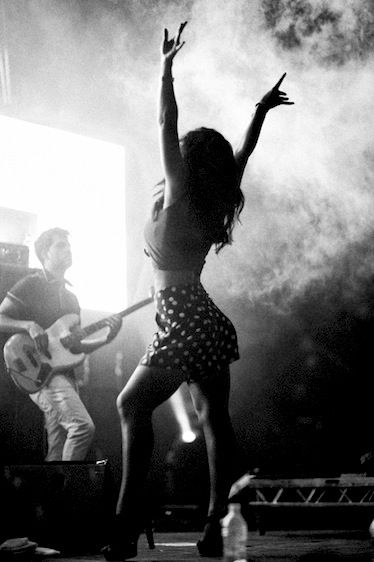 Every band member is an incredible dancer. Their dance style has elements of hip-hop and contemporary dance.
Every band member is an incredible dancer. Their dance style has elements of hip-hop and contemporary dance.
It has also been observed that the music videos with dance performances in them typically tend to do much better than those videos that don’t have any dance performances. Nowadays, many people are using various applications on their smartphones like TikTok and Instagram to showcase their talent and dancing skills in short videos.
Dancing has always been a kind of music in and of itself. However, when paired with music, it gets so much better. Human beings have always responded to music in a deeply visceral, physical, and emotional way. Dance has a profound spiritual component to it as well. It has inspired many people to pick themselves up again and look to live with hope and optimism.
Dancers need to learn how to maintain a level of sensitivity and openness to the music and see what movements and rhythms work best with the music. As music keeps developing with time, dance keeps taking on interesting forms as well.
Relationship between music and dance | choreograph.COM
In the aesthetic education of the younger generation, an important role is given to art, in particular choreography. Dance art in our country is gaining more and more popularity every year, becoming one of the most effective factors in the formation of a harmoniously developed, spiritually rich personality.
Dance art is a mass art. It is available to everyone. Tens of thousands of children take part in the work of choreographic circles, ballet studios. Thanks to systematic choreographic upbringing and education, students acquire a general aesthetic and dance culture, and the development of dance and musical abilities to a more subtle perception of professional choreographic art.
Dance is a stage art that requires careful preparation, virtuosity of movements, daily polishing of dance technique. In these classes, children develop musicality and rhythm, which is of great importance for the aesthetic and physical education of children. Music and dance are closely related to each other. Along with dance, music is one of the factors of aesthetic impact on children.
Music and dance are closely related to each other. Along with dance, music is one of the factors of aesthetic impact on children.
Simple, accessible music awakens the imagination, captivates, helps to overcome difficulties.
Dancing, imagery, clear melody, clear rhythmic pattern - these are the necessary qualities of dance music for children. The content and form of music must correspond to the content and form of dance. The musical development and the formation of the student's artistic taste depend on the quality of the musical material used in the work and its performance.
1. Aesthetic education as a means of personality formation.
The ability to emotionally respond to the beautiful, love and appreciate it makes a person's life more meaningful, bright and rich. It has a great influence on the formation of the human personality and, first of all, its moral character. Behavior based on an understanding of the beauty of ethical norms and rules is more durable and sustainable.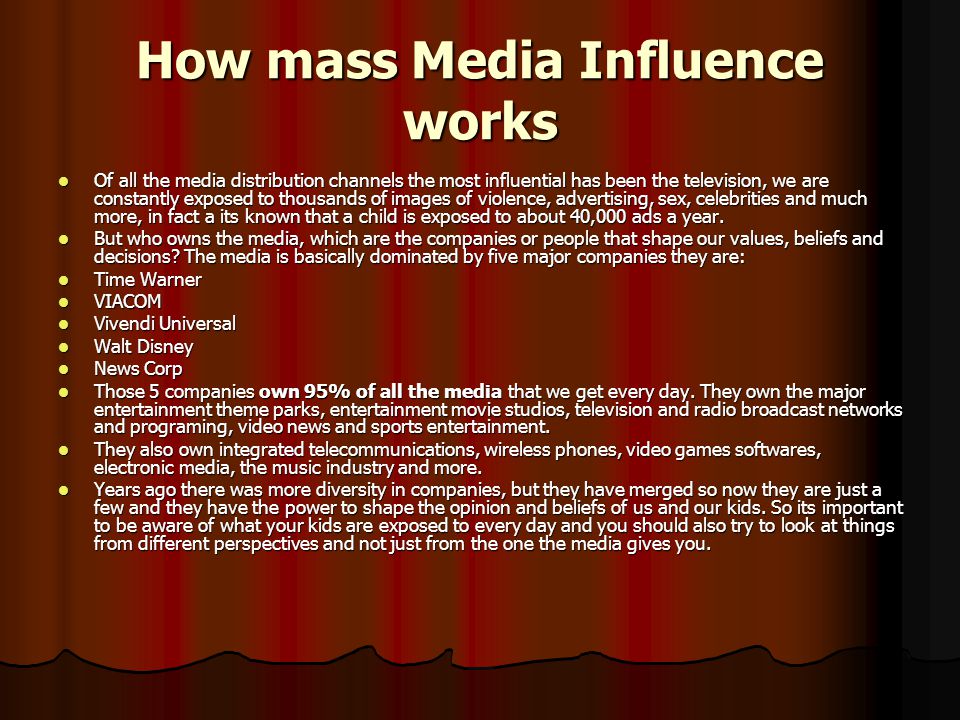 “It is one thing to be attracted by a gift, reward, premium or some kind of benefit for an individual,” said A.S. Makarenko, “and another thing is to be attracted by the aesthetics of an act, its inner essence.
“It is one thing to be attracted by a gift, reward, premium or some kind of benefit for an individual,” said A.S. Makarenko, “and another thing is to be attracted by the aesthetics of an act, its inner essence.
The purpose of aesthetic education is the formation of an aesthetic ideal among the younger generations, which summarizes the most important and essential aesthetic ideas and views of a person.
The upbringing of the aesthetic ideal presupposes, first of all, the development of aesthetic feelings and aesthetic perception in students. The same phenomena of reality and art can be seen, felt and perceived in different ways. Some can admire the beauty of nature and the paintings of artists for hours, while the latter are completely indifferent to both. The development of aesthetic perception is impossible without enriching students with aesthetic impressions, without developing their emotional, personal attitude to what is perceived. It is necessary to educate students in emotional responsiveness, to draw their attention to the beauty in the surrounding life and everyday life, in works of art.
The richness and value of aesthetic feelings and experiences lies not in quantity, but in their depth and stability. A deep feeling determines all the behavior and activities of a person, testifies to the integrity of his nature.
“I don't know how to hate half or love half,” said F.E. Dzerzhinsky, - I do not know how to give only half of my soul. I can give my whole soul or give nothing.”
Unfortunately, in life you can meet people who, under the first impression, are ready for any feat or selfless act, but their feeling cools down very quickly, and at the first difficulties they refuse to achieve their goal.
Along with the formation of the depth and constancy of aesthetic feelings, one should pay attention to their adherence to principles and ideological orientation. The education of aesthetic feelings is closely connected with the formation of one's spiritual image of a person and, first of all, the correct aesthetic views, beliefs and tastes.
It is important not only to be able to see and feel the beauty in life and art, but also to judge it, to give it a correct assessment.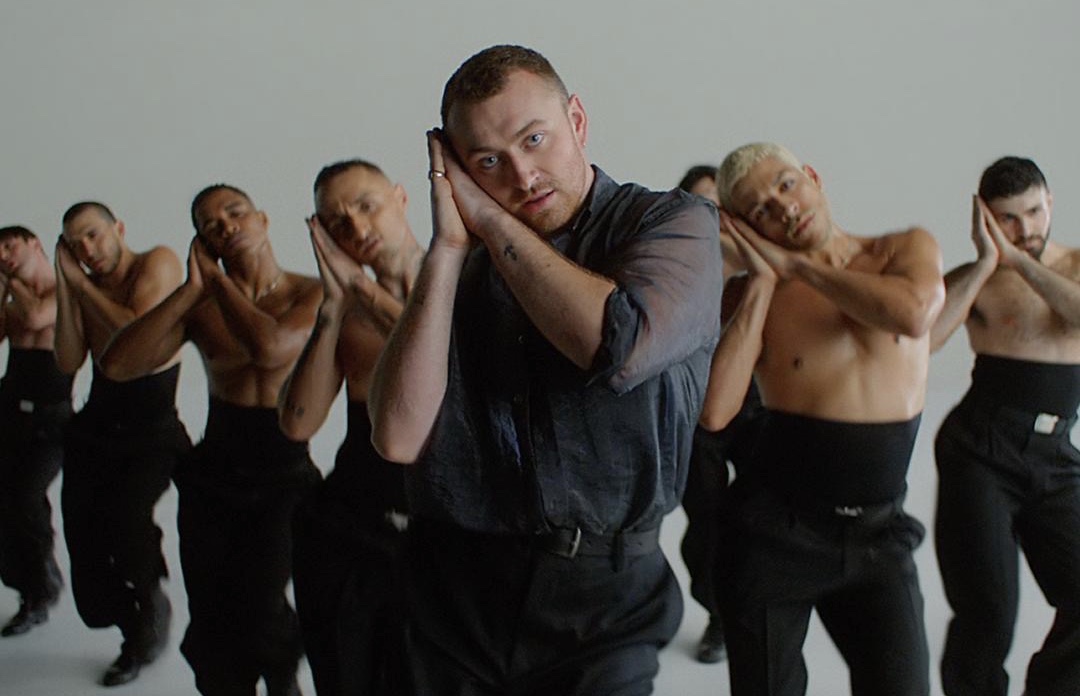 A musically unpretentious person may not appreciate a highly artistic piece of music, on the contrary, give a high appreciation of a weak creation from an artistic point of view. Therefore, one of the main tasks of aesthetic education is the formation of aesthetic views, judgments and tastes among students. The absence of correct judgments about the beautiful or "bad" tastes is far from a harmless thing. Often complex ideas about what is beautiful and ugly lead to immoral acts and perverted relationships between people.
A musically unpretentious person may not appreciate a highly artistic piece of music, on the contrary, give a high appreciation of a weak creation from an artistic point of view. Therefore, one of the main tasks of aesthetic education is the formation of aesthetic views, judgments and tastes among students. The absence of correct judgments about the beautiful or "bad" tastes is far from a harmless thing. Often complex ideas about what is beautiful and ugly lead to immoral acts and perverted relationships between people.
“There are no comrades for the taste and color,” says an old Russian proverb. One cannot demand from people exactly the same assessment of beauty in life and art. However, among members of society who share the same worldview, differences in tastes will not go beyond their aesthetic ideal. Tastes are determined not only by the level of aesthetic education, but by the moral and political image of the individual.
The formation of aesthetic judgments and tastes is closely connected with the education of aesthetic activity in students.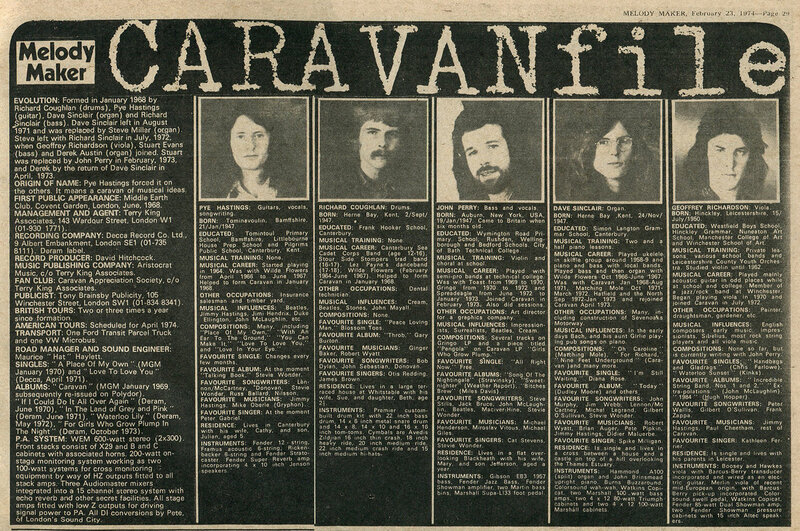 “Man is an artist by nature,” said A.M. Gorky. - One way or another, he strives to bring beauty into his life. A student should not only be a contemplator of beauty, be able to understand and appreciate it, but also actively bring beauty into everyday life; to make it aesthetically expressive and meaningful, to fight against everything ugly and ugly. To this end, it is important to systematically involve students in active work to improve and aesthetically transform the environment, to educate them in aesthetic skills and habits that enable them to bring elements of beauty into life, everyday life, educational and work activities.
“Man is an artist by nature,” said A.M. Gorky. - One way or another, he strives to bring beauty into his life. A student should not only be a contemplator of beauty, be able to understand and appreciate it, but also actively bring beauty into everyday life; to make it aesthetically expressive and meaningful, to fight against everything ugly and ugly. To this end, it is important to systematically involve students in active work to improve and aesthetically transform the environment, to educate them in aesthetic skills and habits that enable them to bring elements of beauty into life, everyday life, educational and work activities.
An important task of aesthetic education is the development of students' creative interests and abilities in a particular area of art. L.N. Tolstoy wrote that every person has a high need to serve art and that this need must be satisfied. In our country, where working people have access to all kinds of art, the dreams of the great Russian writer are becoming reality.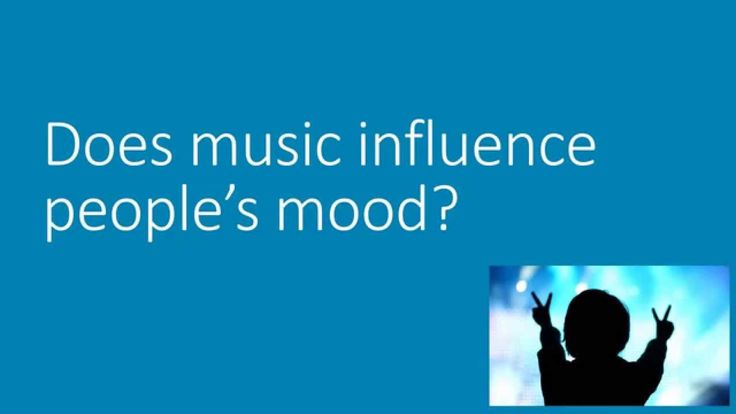 Hundreds of thousands of people are engaged in amateur art circles, joining serious art. The development of creative abilities helps to enjoy art, creates the prerequisites for further improvement.
Hundreds of thousands of people are engaged in amateur art circles, joining serious art. The development of creative abilities helps to enjoy art, creates the prerequisites for further improvement.
Aesthetic education of students takes place in the process of all educational work. Educational work, industrial practice, socially useful work, hiking in the native land, the culture of work and life - all this, along with theoretical preparation for the profession and the formation of the moral character of students, can also be used for their aesthetic education. However, the main means of aesthetic education, which allows the most successful solution of all the above tasks of aesthetic education, is art.
“Neither music, nor literature, nor any other form of art in the true sense of the word,” said P.I. Tchaikovsky - do not exist for simple fun, they meet the deeper needs of human society than the extraordinary thirst for light entertainment.
Truthfully depicting reality, creating vivid images of positive images of heroes, literature and art form students' aesthetic tastes and views, teach them to understand beauty in works of art and in life, and contribute to the development of artistic needs and inclinations.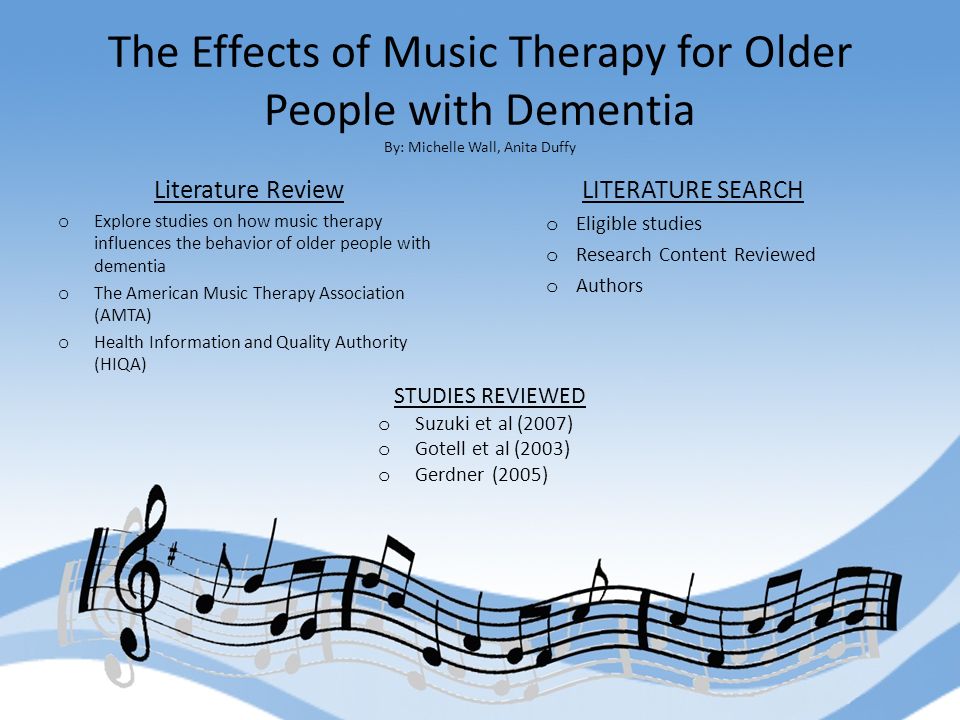
2. History of choreography.
The history of the formation of choreographic art is the result of the evolution of human culture, the social characteristics of each time, this is the history of the evolution of folk dance art.
The history of the art of dance goes back to ancient times. At the dawn of its existence, mankind discovered ways to express thoughts, emotions, actions through movement. The dance is silent. A word does not sound here, but the expressiveness of the plasticity of the human body and musical rhythms and melodies turns out to be more powerful, and therefore the dance language is multinational and understandable to everyone. At first, mankind put their ideas and beliefs into the dance - the dance was a ritual. In the dance, a man lured from the unknown gods a happy hunt, a plentiful harvest, the salvation of ailments. Such ritual dances can still be seen among some of the primitive tribes of Australia or the American Indians. In our country, in the dances of the Koryaks, Ostyaks, and Chukchis, echoes of the ancient rituals of the ancestors live, too, “conjuring” prey dances - a bear, a seal, a fish . ..
..
As time went on, mankind more and more energetically discovered the secrets of the universe, and dances lost their original "magical" purpose. Now they expressed the love of freedom characteristic of the people, cheerfulness, optimistic perception of the real world. Therefore, it is not for nothing that dance has always been unloved by cruel churchmen. However, it turned out to be much stronger and more viable than obscurantism and prejudice. The dance survived, triumphed and expanded its scope.
A whole art has been revived - choreography. She, in essence, having no system of records of movements, passed on orally, like a baton, all the valuable and most expressive that was throughout her history.
As a treasury of creative imagination people keep and pass on their national dances to the next generations. They were created and crystallized over the course of new centuries.
In a revised form, national dances were transferred to parquets: the nobility danced at court balls.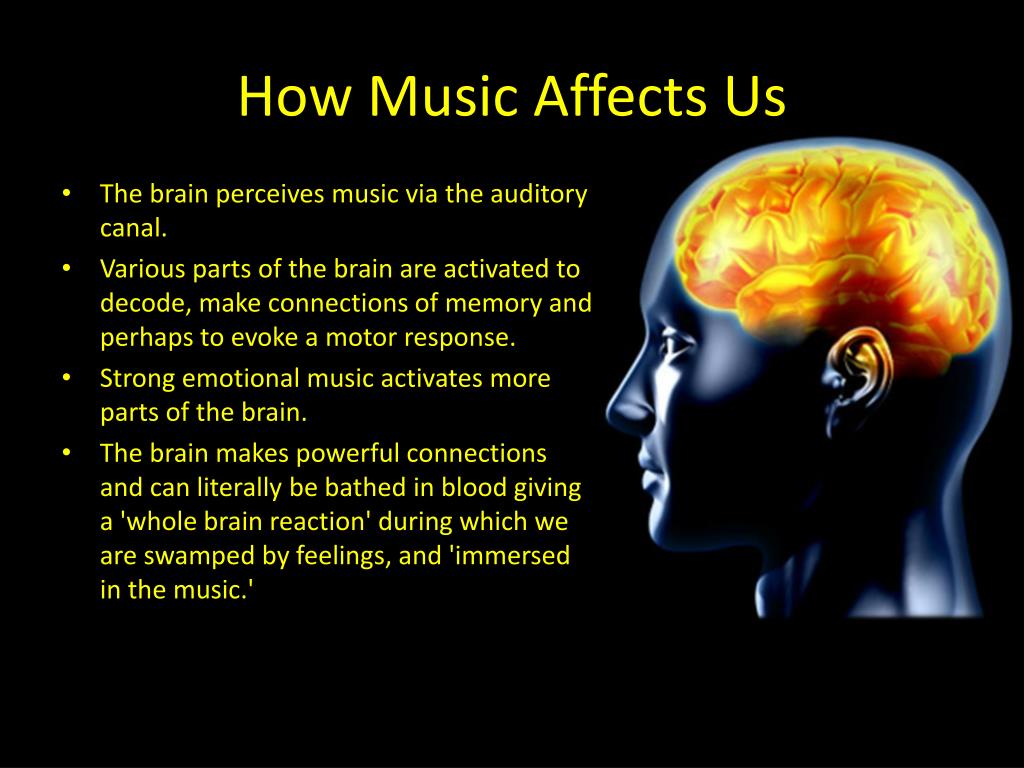 Actors danced in interludes to "bring animation" to the course of serious dramatic and operatic performances. The stage dance was enriched by the technique coming from the actors, acrobats, buffoons. So, more than four centuries ago, ballet was born.
Actors danced in interludes to "bring animation" to the course of serious dramatic and operatic performances. The stage dance was enriched by the technique coming from the actors, acrobats, buffoons. So, more than four centuries ago, ballet was born.
Since the origin of dance belongs to the origins of human culture, and the ability to systematize all the huge number of movements appeared only in the 17th century, we can say that such a long path of development and a careful selection of expressive means speak of the objective aesthetic value and vitality of this art.
The origins of Russian choreography originate in mass round dances, in which various forms were formed: dance, pair dance, improvisational round dance, in which the lead dancer invented the movements, and the rest repeated; over time, the most interesting, expressive movements, drawings were selected and developed and imprinted in various dances dedicated to life events - rituals dating back to pagan times, weddings, seasonal holidays.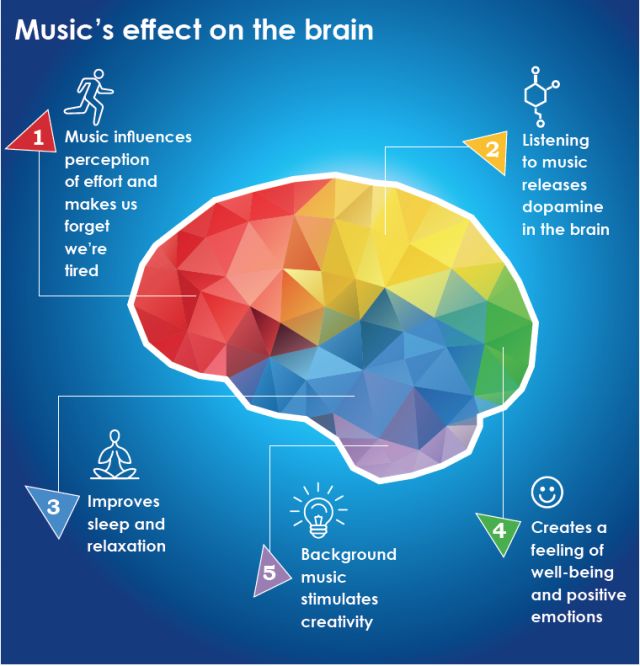
The creative life of choreographers of those years was influenced by conflicting trends that also took place in other forms of art. So, for example, “music, which gives impetus to the creative thought of the director, underwent strong rhythmic and harmonic changes during these years,” writes Bogolyubskaya M.S.
J. Dalcroze, who captivated many European countries with his system of rhythmic education, also had a great influence on the development of ballet, although he had opponents among choreographers. He was able to look at rhythm as an internal manifestation of the spiritual life of a person through physical action, carefully developed a system of rhythmic education.
Rhythmic education was adopted by K.S. Stanislavsky, who attached great importance to the rhythmic development of the actor. Rhythmic lessons were studied by future choreographers.
Thus, the art of dance developed and improved. History shows that the path to dance art goes through psychology and artistic disclosure of characters, through the musical and dance image.
3. The role of musical and rhythmic activity in the aesthetic development of children.
DOWNLOAD the full material can be found here
Author: S.A.Drozdova
The material is posted on the website within the framework of the Publications project
The influence of music on the human condition and happiness
dancer Useful articles
Music and personality... nothing but melody, harmony, symphony, and rhythm, which together can give us divine delight. We all experience pleasure when listening to our favorite music, when we hum a song or while playing a musical instrument. Why this happens, let's find out together how music makes us happy.
[su_quote cite="Angel Monet"]"Those who danced were considered insane by those who did not hear the music" [/su_quote]
Music is found everywhere, in the whistle of the wind, the rustle of leaves, in the clouds, in the rain, everywhere in nature! All your favorite music really does make you feel good.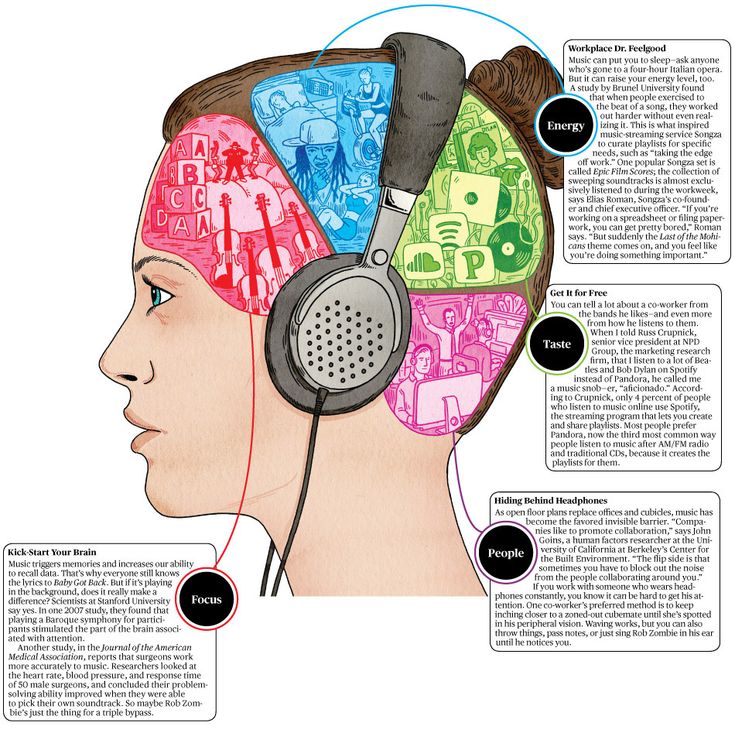 It refreshes the mind and makes you happy. Due to its ability to influence the human condition, music has been used in modern medicine in the treatment of certain diseases and disorders.
It refreshes the mind and makes you happy. Due to its ability to influence the human condition, music has been used in modern medicine in the treatment of certain diseases and disorders.
Music
Think about how many times a particular piece of music or a particular song has created a happy mood filled with positive and pleasant memories. Such music or song lyrics set you up for well-being. Also, an interest in a certain genre of music or skill in playing a musical instrument can easily be a cause or a derivative of your happiness. It is difficult to say exactly which direction makes you happy every day, because it all depends on interest, experience, but it is the combination of melodies, rhythm and lyrics in a work that is the basis of why music affects a person and makes us happy.
Melody and sound
Whether it's pop, light jazz or dance music, melody has one thing in common - a sound that creates great pleasure for the soul and heart. Take any song as an example, think about what atmosphere it creates around you, what enchants you, whether you like the melodious voice of the performer or the tone of the same instrument, melodies. Whatever attracts you to music makes you happy!
Take any song as an example, think about what atmosphere it creates around you, what enchants you, whether you like the melodious voice of the performer or the tone of the same instrument, melodies. Whatever attracts you to music makes you happy!
Lyrics
A musical composition, a song, brings happiness when the words are encouraging. For example, music that generates inspiration carries with it a piece of motivation. While listening to songs like this, it seems to us that we can achieve anything we want, taking with us only the best of the old life. Or songs about love, life stories, they really touch to the core, touching the main human emotions, which is probably why we often spin the same song, imagining ourselves on others, in the place of the protagonist of the work.
Rhythm
What makes us dance when we hear music, why do we choose certain movements? The rhythm of the song, its basses, beats, give rise to great enthusiasm and joy. Think of any dance tune, they have a really nice crisp bass beat that puts us in a dance mood and that's why this kind of genre is used in various dances. This kind of music creates excitement, awakening you to become alive, increasing your heart rate, and it is not surprising if you feel happy when listening to these rhythmic compositions.
Think of any dance tune, they have a really nice crisp bass beat that puts us in a dance mood and that's why this kind of genre is used in various dances. This kind of music creates excitement, awakening you to become alive, increasing your heart rate, and it is not surprising if you feel happy when listening to these rhythmic compositions.
Now let's look at what goes on in our head when we listen to music.
The effect of music on the state of the person and the brain
Most recent research in psychology proves that listening to music stimulates the production of a special chemical dopamine in our brain. Thus, our brain reacts similarly when eating delicious food, or if you see something beautiful or interesting. Dopamine is released, even when a person is just thinking about a piece of music that he likes to listen to.
Dopamine creates a state in which we feel motivated and contributes to the generation of feelings of happiness. This chemical is distributed to several areas of the brain.